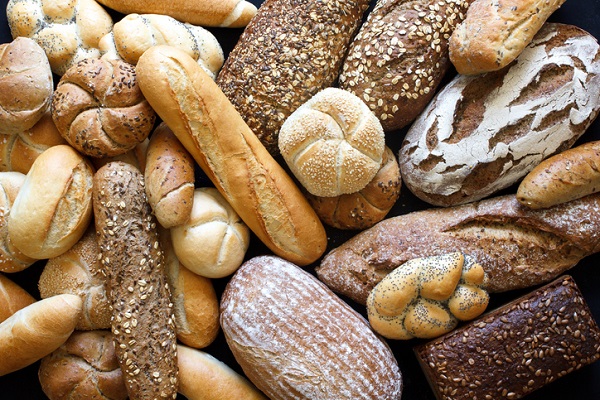The Canada Food and Drugs Act is an important part of consumer safety in Canada. Whether hazards are accidental or caused by fraudulent behaviour, the statute protects people from these risks in food, drugs, medical devices, and cosmetics. The first version of the Food and Drugs Act came into effect in 1920, undergoing many revisions afterwards.
This is important legislation, as it forms the basic core of food and drug safety laws in the country. In order to pursue a career involved in keeping standards high for these products, you should have an understanding of the act and its history. Read on for some facts about the Canada Food and Drugs Act!
1. A Law from 1200 Influenced What You Learn in Quality Control Courses
One of the earliest cases of a food law that protected people from below-standard food was the English Assize of Bread Act in 1200. Originally focused on the amount of bread that bakeries produced, it was then expanded to also cover rules for ale, fish, and meat. Eventually, quality became a concern under these regulations.
In Canada, the first federal laws for food standards came into force in 1874. This legislation:
- Was prompted by large amounts of contaminated and bad quality liquor being consumed
- Was followed by the Act to Prevent the Adulteration of Food, Drink, and Drugs in 1875, which:
- Banned opium, tobacco, copper, sulphate, and other substances from being added to alcohol
- Made these offences punishable by jail time and hefty fines

One of the earliest food regulations was a law about bread
Quality control training courses wouldn’t quite be the same today without the influence of these early laws. As revisions took place and new laws were created, regulations evolved. By the time Canada created the Food and Drugs Act, there was a history of regulations to draw from and learn from.
2. The Food and Drugs Act Dates Back to 1920
The Food and Drugs Act began in 1920 in Canada, influenced by English legislation. The details of the act of 1920 are not exactly what Canada follows today, but it was the beginning of what we still use. The act has undergone many updates and revisions. The Minister of Health is responsible for upholding the act and enforcing its regulations.
The act is meant to protect consumers, and is not for the purpose of helping with handling, selling, or preparing food by:
- producers;
- manufacturers; or
- retailers
Quality assurance and quality control is about risk mitigation and creating products that maintain public health and well-being. The Food and Drugs Act is considered a consumer statute, as it is in this same vein.
3. Many Regulations Have Been Made Under the Food and Drugs Act
The Food and Drugs Act has a host of regulations under it, including:
- Blood regulations: These include collection, testing, donor suitability assessment, and blood component preparation.
- Cannabis regulations: These include packaging; labelling; regulations for extracts, topicals, and edibles; testing; and licences.
- Safety of human cells, tissues, and organs for transplantation regulations: This covers donor suitability assessments, packaging and labelling, testing, retrieval and errors, accidents, or adverse reactions.
- Marketing authorization for food additives for various uses: Covers preservatives, sequestering agents, starch-modifying agents, sweeteners, and yeast foods.
These regulations further protect Canadians from harm and keep quality and safety in check.

Food additives are regulated under the Food and Drugs Act
Are you interested in quality control courses?
Contact AAPS for more information.




